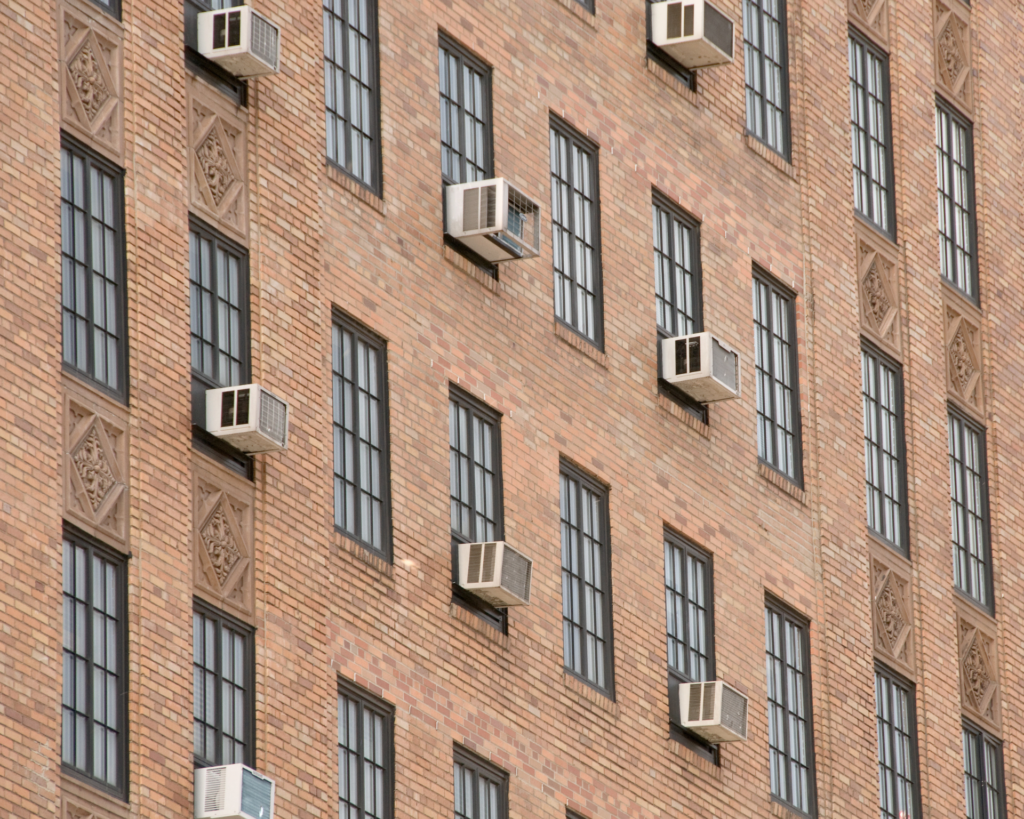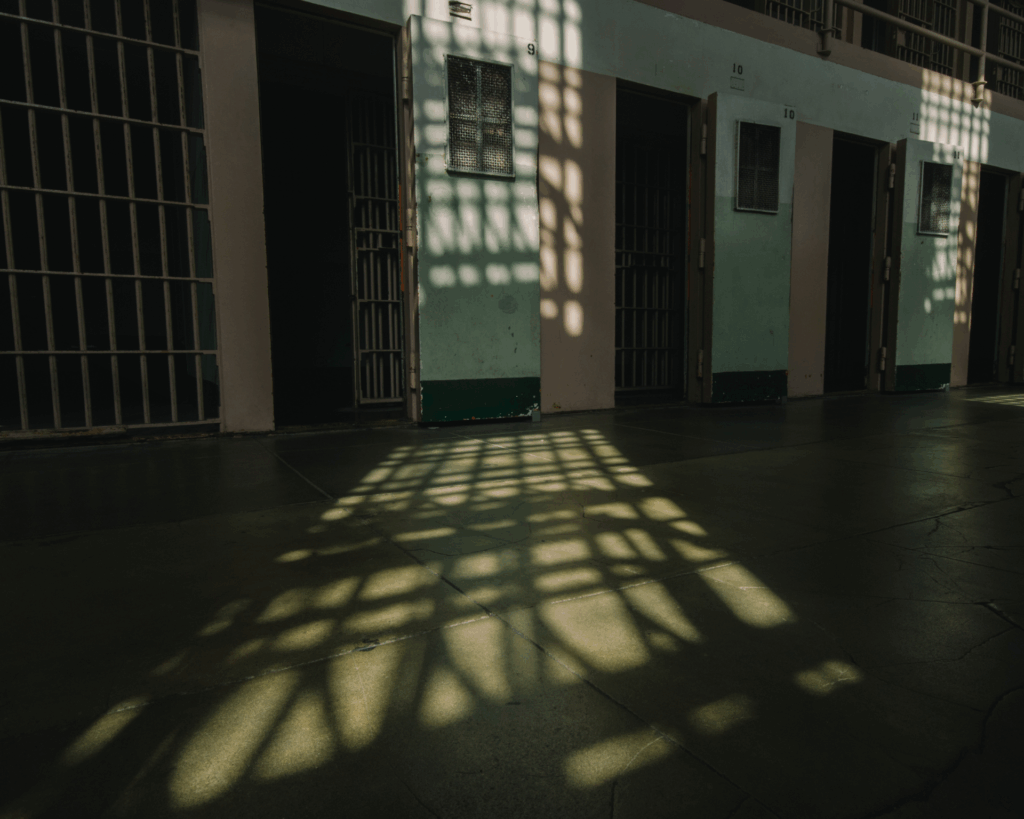Welcome to the Public's Health
This is a new venture for us. Our mission is to bring attention to the public’s health with our weekly newsletter The Public’s Health.
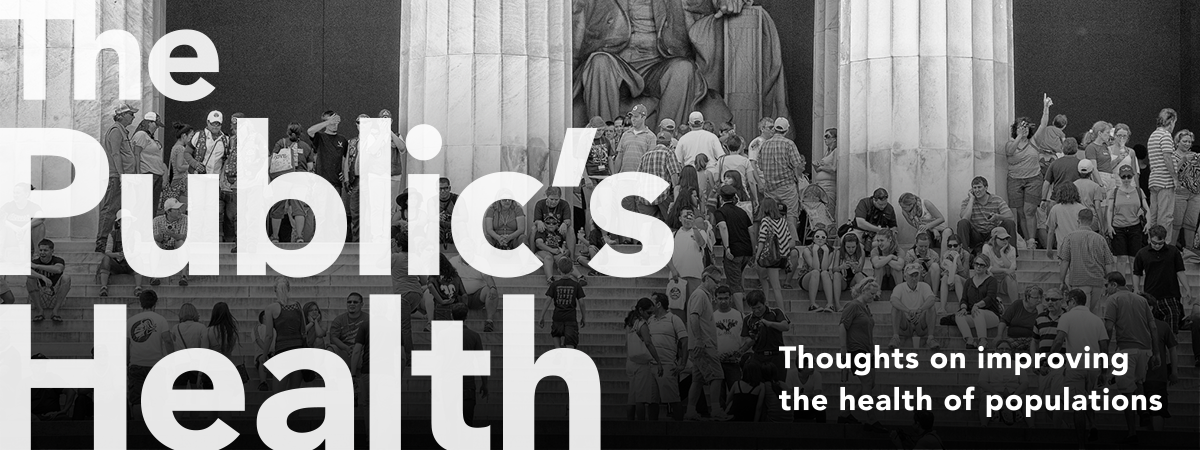
Read Time: 5 minutes
Published:

Welcome.
This is a new venture for us. Our mission is to bring attention to the public’s health with our weekly newsletter The Public’s Health. Our interest is two-fold: to understand threats to the public’s health and to promote well-being. We aim to give influencers, policymakers, and deciders the information you need to move all of us toward being healthier.
The public’s health does not get enough attention. It must compete for attention with the individual’s health, which is presented to us as a series of “breakthrough” treatments and precision genes and colorful brain images. Our job is to convince you that more attention needs to be paid to the context in which we live.
Public is a singular noun, but the public is all of us, an imagined collective, living in a country vulnerable to hurricanes and infectious disease, sudden violence and income inequality, a country of school-based health programs and parenting interventions, of health system failures as well as new initiatives that offer mental health care to rural communities. We’re a nation of neighbors and neighborhoods, distressed and resilient. We all share an interest in health, our own and the health of others. We want to get healthier, stay healthier.
We will ask you to think about the public’s health more deeply, to bend your opinions occasionally, to give you the information that turns your attention to public health challenges, to help you craft new strategies, to act. Some problems may be unmanageable, but all must be imaginable.
You are receiving The Public’s Health because we have previously interacted in some way that made us think you may be interested in what we are trying to do. Feel free to share with others who may also be interested; information on subscribing or unsubscribing is below.
The Public’s Health is an offshoot of our ongoing project, Public Health Post, which every day features new articles about the state of the health of populations. Public Health Post aims to inform and inflect the broader conversation on health. The Public’s Health is a more personal project.
Each week we will offer our thoughts on contemporary matters of consequence to health. We will also highlight a number of articles by scientists and journalists, scholars and practitioners that we think can provide new perspectives on health. Our criteria for selection will be that these pieces interest or outrage us, are important for us to know about, and finally, could lead to solutions for the problems of the day. We hope to approach our search and curation with wide-open curiosity and a commitment to argument when necessary. We will report out and weigh in. We expect to zig when others zag. Our motto is: there’s more to learn.
The Public’s Health will bring you the work of the world.
Warmly,
Michael Stein & Sandro Galea
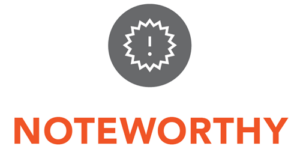
STIGMA AND THE FIRST RESPONDER
First responders—police officers, firefighters, search and rescue crews, ambulance personnel—experience stress at work that can exacerbate pre-existing mental health conditions or lead to new ones. One-third of first responders have fears about seeking psychological services, feeling judged by coworkers or supervisors, or believing that loss of confidentiality around such care may negatively impact their careers. Responders’ delay in seeking mental health care is not only linked to distress and impairment, but also productivity loss, early retirement, substance use, divorce, and increased rates of suicide.
THE COLD TRUTH
Temperature control in low-income housing affects health. Space heaters, stoves, and ovens are used to heat poorly insulated apartments, contributing to/causing the majority of fires, fire-related deaths, and carbon monoxide poisoning. These secondary heating devices also drive up energy costs.
When the poor are cold and worry about not being able to pay their home energy bills, stress increases, and chronic illnesses worsen. Energy efficiency interventions may be the next step toward healthier homes and lives.
DON’T FORGET TO NOT SMOKE
One and a half million people in the U.S. were diagnosed with cancer in 2017. Cigarette smoking was associated with far more cancer cases and deaths than any other single risk, accounting for nearly 20% of all cancer cases and 30% of all cancer deaths. Policies proven to reduce smoking include taxation (powerful effect), smoke-free laws, assistance with smoking cessation (underused by low-income folks), media campaigns, and marketing bans. Yet not a single state has fully implemented the full set of the CDC’s recommended tobacco-control measures that include these policies.
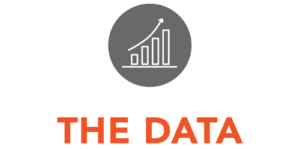
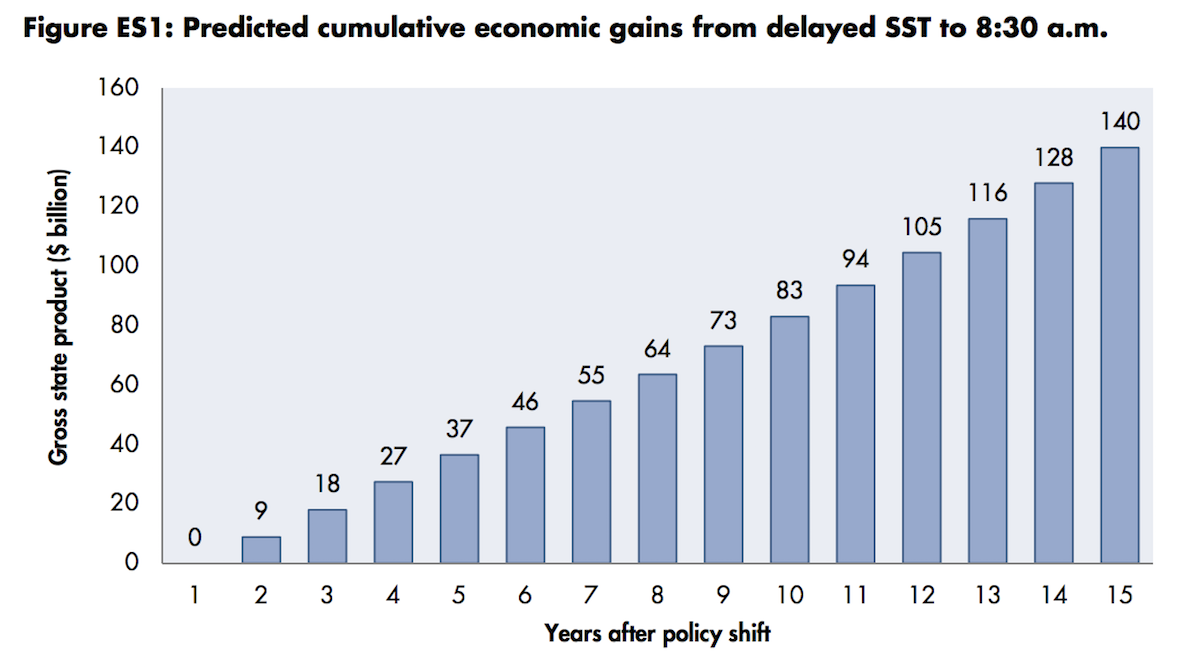
DELAYING SCHOOL START TIMES
In an economic analysis of school start times (SST) in the United States, RAND researchers reported that later school start times are a cost-effective strategy to improve academic performance and mental and physical health for adolescents, as well as safety for the general public. Currently, about 80 percent of schools begin before 8:30 a.m. The most significant barrier to implementation is concern that shifting to later SST will involve additional, unmanageable costs for schools and parents related to changing bus schedules and child care. As the graphic above illustrates, however, public policies that delay SST until 8:30 a.m. could have an overall economic gain of about $9.3 billion per year, for an approximate total of $140 billion after 15 years. As the report points out, this yearly savings is equal to “roughly the annual revenue of Major League Baseball.”
Marco Hafner, Martin Stepanek, Wendy M. Troxel, Later school start times in the U.S.: An economic analysis. RAND Corporation, 2017. https://www.rand.org/pubs/research_reports/RR2109.html.



